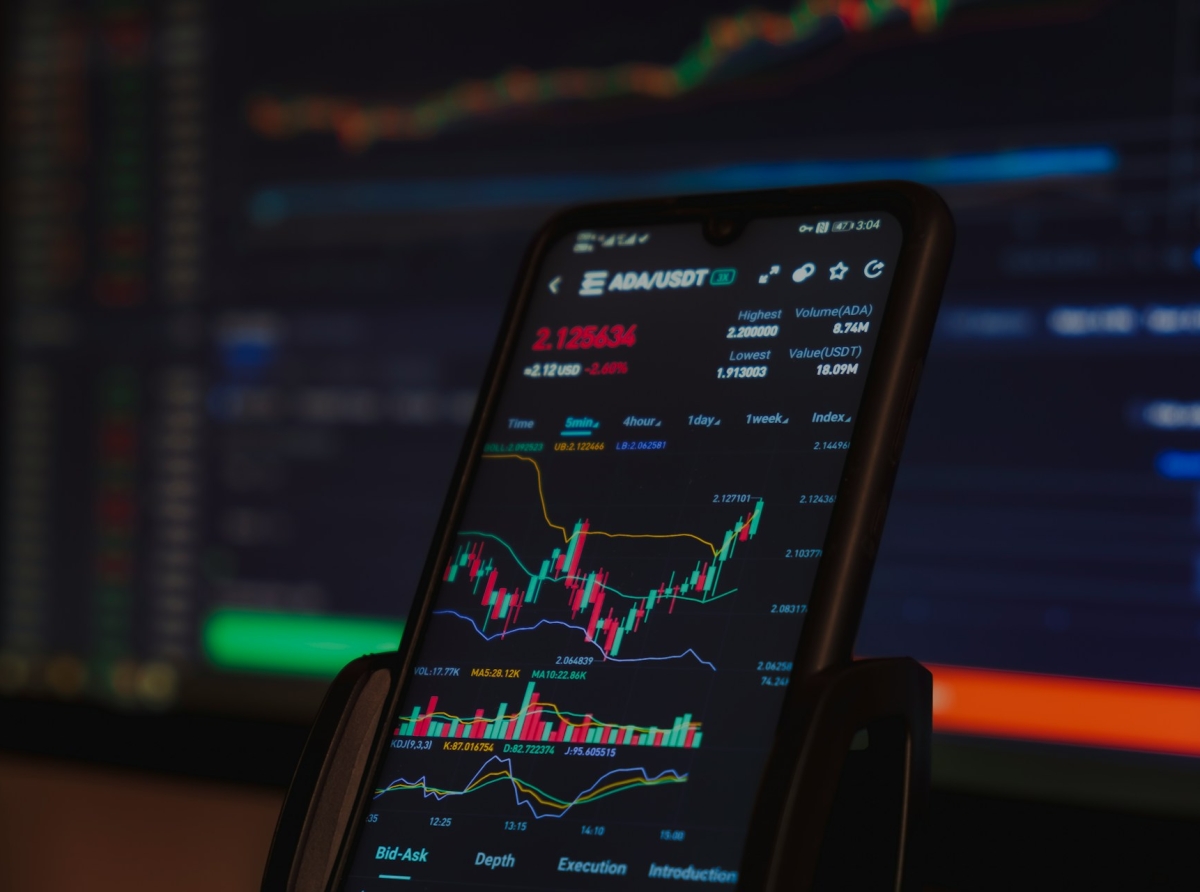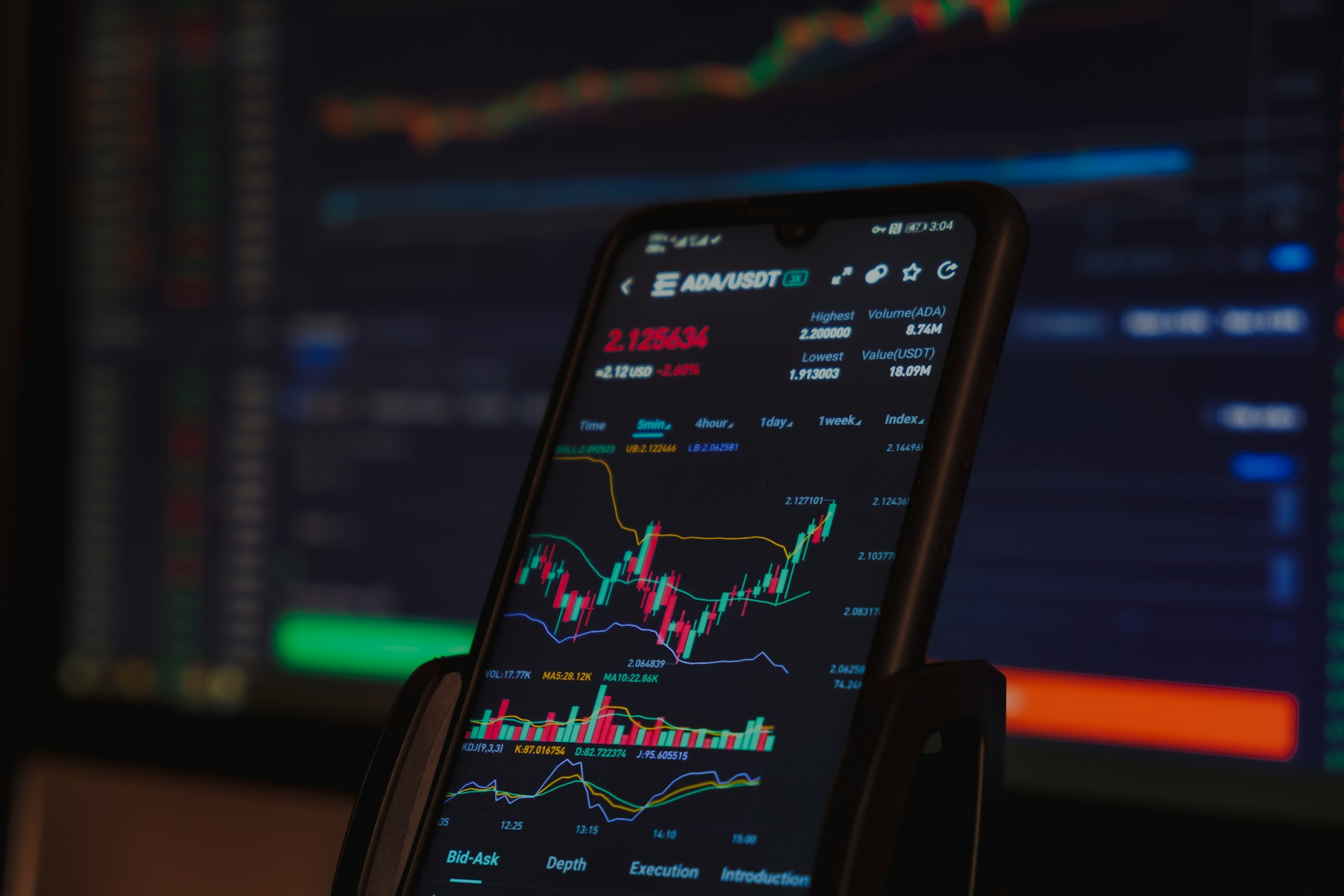
Understanding Rollover in Forex Trading
Forex trading, also known as foreign exchange trading or currency trading, is the act of buying and selling currencies with the aim of making a profit from changes in their exchange rates. One of the lesser-known aspects of Forex trading is the concept of “rollover,” which is essential to understanding for anyone involved in this market.
In essence, rollover in Forex refers to the process of extending the settlement date of an open position. In the 24-hour Forex market, trades settle in two business days after the transaction is executed. However, traders can postpone the delivery or settlement to avoid actual delivery of the currency.
In essence, rollover in Forex refers to the process of extending the settlement date of an open position. In the 24-hour Forex market, trades settle in two business days after the transaction is executed. However, traders can postpone the delivery or settlement to avoid actual delivery of the currency.

Understanding Rollover in Forex Trading
Mechanism of Rollover in Forex Markets: How It Works
The mechanism behind rollover starts with understanding that every currency trade involves borrowing one currency to buy another. Interest is paid on the borrowed currency and earned on the purchased currency. If a trader holds a position past 5 p.m. (EST), which is considered the end of the Forex trading day, this position will be “rolled over” and the trader will either pay or earn interest based on their position.This process involves closing out your existing position at the daily close rate and entering into a new one at a new opening rate for a new business day—all done simultaneously. The difference between these two amounts will be either subtracted from or credited to your account.
The Impact of Interest Rate Differentials on Rollover
Interest rate differentials between two currencies play a pivotal role in determining whether you’ll earn or pay rollover fees. Each currency pair involves two different interest rates: one for each country’s currency involved in your trade. If you’re long (buying) on a currency pair where the base currency has a higher interest rate than the quote currency, you should earn interest; if it’s lower, you’ll pay interest.For example, if you are long on AUD/JPY (Australian Dollar/Japanese Yen), and Australia has an interest rate of 1% while Japan has an interest rate near zero, holding onto that trade should result in earning positive rollover – since you’re earning Australian interest and paying Japanese interest.
Strategic Considerations: Utilizing Rollover in Forex Trading Plans
Understanding rollover can significantly enhance your strategic approach to Forex trading. Some traders use a strategy called “carry trade,” where they buy high-interest-rate currencies against low-interest-rate currencies to earn rollover credits daily.However, it’s not without risks; shifts in market sentiment or rapid changes in interest rates can impact carry trades severely. Additionally, traders need to consider that leverage amplifies both profits and losses—including those from rollovers—making risk management crucial.
The Significance of Rollover Understanding in Successful Forex Trading
In conclusion, while often overlooked by beginners, an understanding of rollover is crucial for anyone serious about Forex trading. It affects every trade carried overnight and can make a significant difference in your portfolio over time—whether positive or negative depends on your knowledge and strategic use of this mechanism. By considering interest rate differentials and incorporating rollover into their broader trading strategy, traders can potentially capitalize on opportunities or avoid unnecessary costs that could erode their profits.Forex Trading, Rollover Mechanism, Interest Rates, Trading Strategies,Financial Markets









Report
My comments